Making spore prints can be extremely helpful when identifying wild mushrooms. While one can’t see a single spore, the color of a large group of spores often gives a clue towards the type of mushroom.
Spores are the “seeds” of the mushroom, dropped or released with the intention of reproduction. For more on spore dispersal methods see this page.
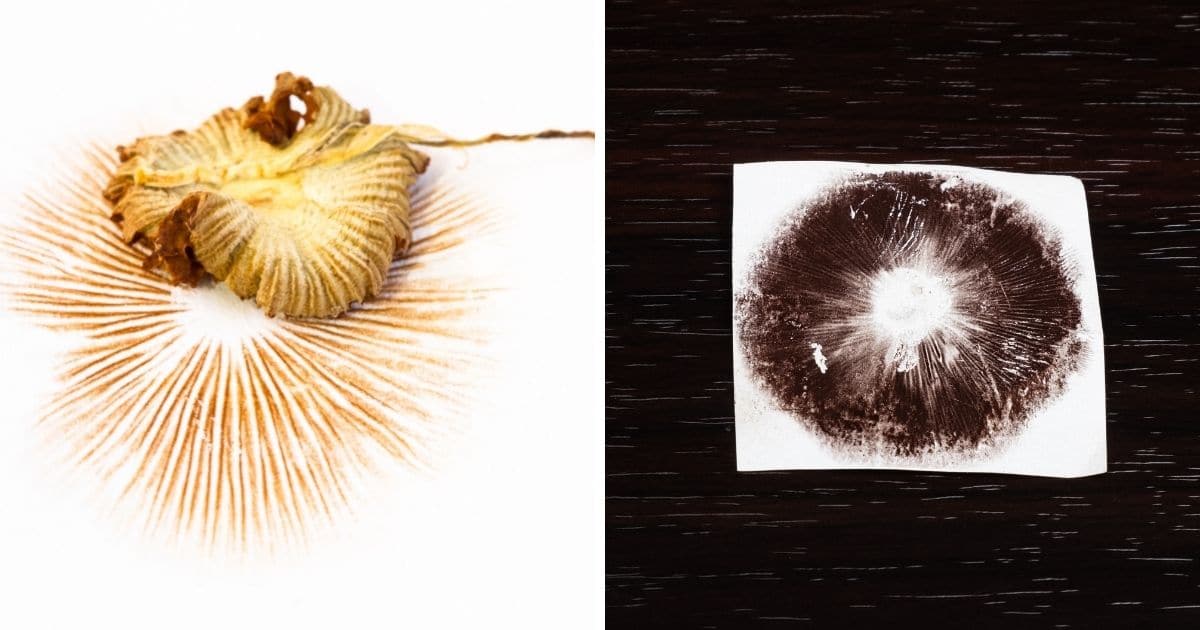
How to Make Spore Prints
- Gather your wild mushroom of choice. Make sure it is old enough to drop spores. A specimen in the button phase or one with the partial veil still attached may not be dropping enough spores just yet.
- Cut off the stem and set the cap on a piece of paper or glass.
- The spore-bearing part of the cap, be it gills or pores, should be pointing downwards.
- The picture to the right shows the mushroom and its print on two different colors of paper.
- Naturally, lighter spore prints will show up better on darker paper and vice versa. To accurately gauge the color some use both light and dark paper.
- Using a piece of glass or a microscope slide makes things a little easier, as you can place it on a black or white background later.
- Cover the mushroom with an upside down cup or bowl. This prevents air currents from disturbing the print.
- Let it sit for a few hours, overnight is ideal. When you remove the cup and mushroom there should be a pattern made by the spores.
- The color of the spores should be visible.
Identifying Wild Mushrooms
Spore prints alone aren’t enough to make a positive identification but their color can be an important trait to note.
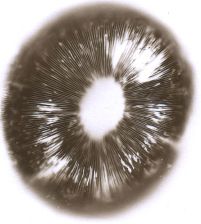
After the print is made compare the color to the description in your guide books. Some color variations may seem objective (how many shades of white are there, anyway?). However, brown from pink should be easy enough to determine.
Below is a list of just some mushrooms and their known spore colors:
- Shaggy Mane (Coprinus comatus) – black
- Enokitake (Flammulina velutipes) – white
- Reishi (Ganoderma lucidum) – brown
- Maitake (Grifola frondosa) – white
- Oyster Mushroom (Pleurotus ostreatus) – white or light purple
- Turkey Tail (Trametes versicolor) – white
- Amanita species – white
- Black Trumpet (Craterellus cornucopiodes) – yellowish
- King Bolete (Boletus edulis) – dark greenish brown
- Chanterelle (Cantharellus cibarius) – white or yellow
Certain wild mushrooms, morels for example, don’t have obvious spore producing tissue such as gills or pores. Simply use the entire mushroom here and expect to see spores spread loosely around your specimen, not in a distinct pattern.

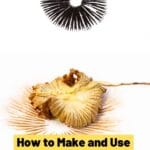
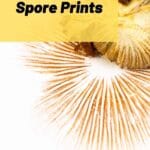
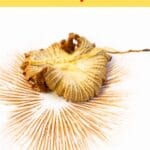
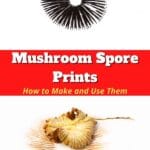
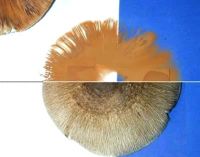
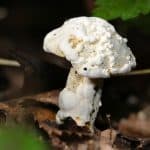
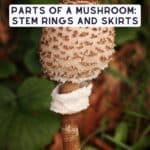
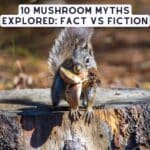
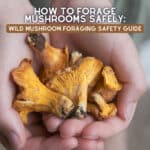
Yan says
The information is very useful, thank you!
Jenny says
And thank you!